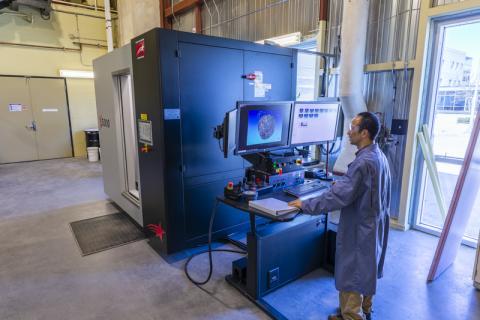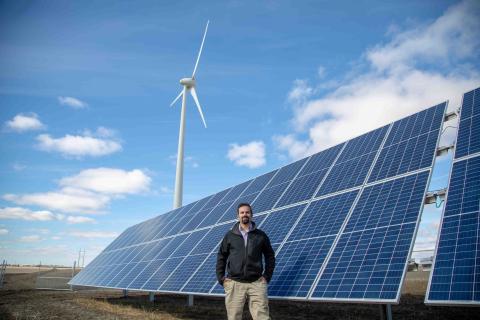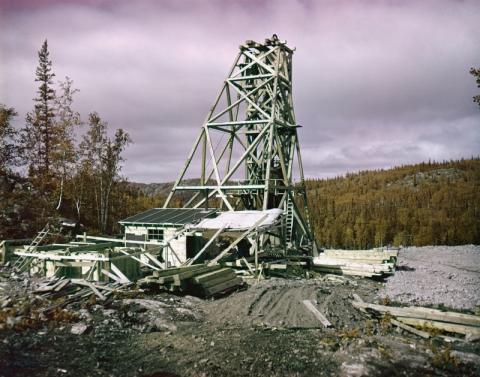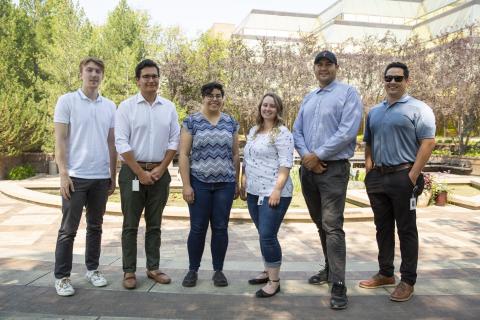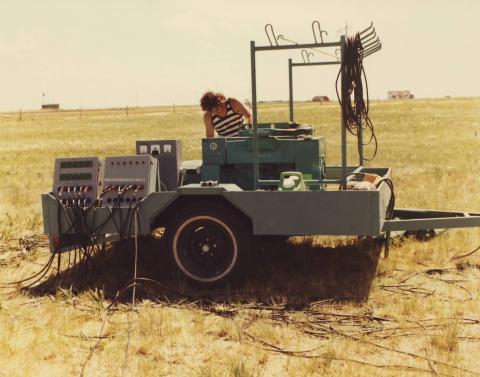Inside SRC
At SRC, we have a robust internet security training program. But not all businesses have this and even then, there’s still a large part of the population—grandparents, parents and children—that don’t have access to this type of training. It’s really on us, those in the know, to talk to our friends and family about how they can stay safe online.
Unoccupied Aerial Vehicles (UAVs or drones) are also becoming a tool of interest for upstream oil and gas producers. A methane gas detection UAV is capable of spotting small, isolated gas leaks at ground level from up to 30 meters in the air — a feat that’s not quite as easy as it sounds.
Disruptive innovation and entrepreneurs are good friends. Entrepreneurs are often the ones that develop new products or services that change an entire industry. Learn what disruptive innovation is and when a technology might be considered disruptive - and when it isn't.
The petroleum industry has used medical-grade CT scanners for decades. Although many commercial laboratories, research institutes and universities use these scanners, the technology has limitations. A high-resolution industrial CT scanner can provide clearer images in greater detail for complex industrial applications.
The Cowessess Energy Storage Facility is the first known wind-solar battery storage project in Canada. With the addition of over one thousand solar panels, the facility now produces almost 3,000 MWh of energy per year, enough to supply power to 344 homes. Learn about how this system works and why wind and solar make a good pair.
Did you know that lighting accounts for about one-third of an average home’s energy use? With so many different options for light bulbs on the market, it's hard to know which one is the best. We share seven reasons why people should consider switching to LEDs, the fastest growing tech in this sector.
Soil scientists have proposed a new type of soil based on the wide-spread effects of human activity: Anthroposols. We task this novel soil to mimic and support our ecosystems, but we're not sure how to measure its performance over time. One scientist is studying possible measures to see how well Anthroposols can supply nutrients to Canada's boreal forest.
The Nicholson Mine was the first uranium mine to be developed in Saskatchewan. In 1949, it was the only active uranium mine in Canada outside the Northwest Territories. By 1959, the Nicholson ore body had been essentially depleted, but the Nicholson Mine had played its role in helping Canada become one of the largest uranium producers in the world. Learn more about the challenges of developing and operating this mine.
Before the end of this year’s Aboriginal Mentorship Program at SRC, second-year mentee Tomika and her mentor, Mark had a chance to talk about their experience in the program. Read some of our favourite responses from their conversation, which we hope will shed some light on the benefits of mentorship.
Throughout the 1970s, SRC investigated pesticide spray drift, which happens when pesticides drift beyond the targeted crop area (including runoff from plants and soils) by accident. Learn about the field trials and the results of the study.



